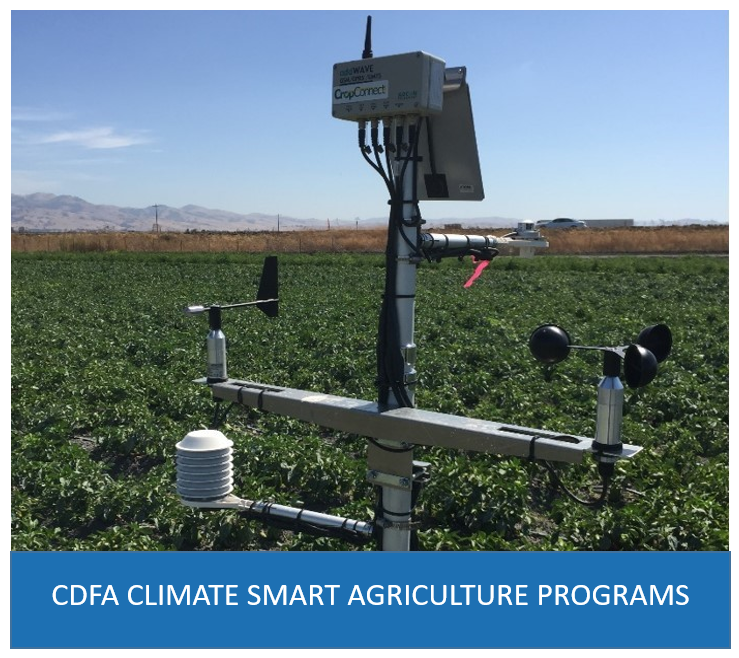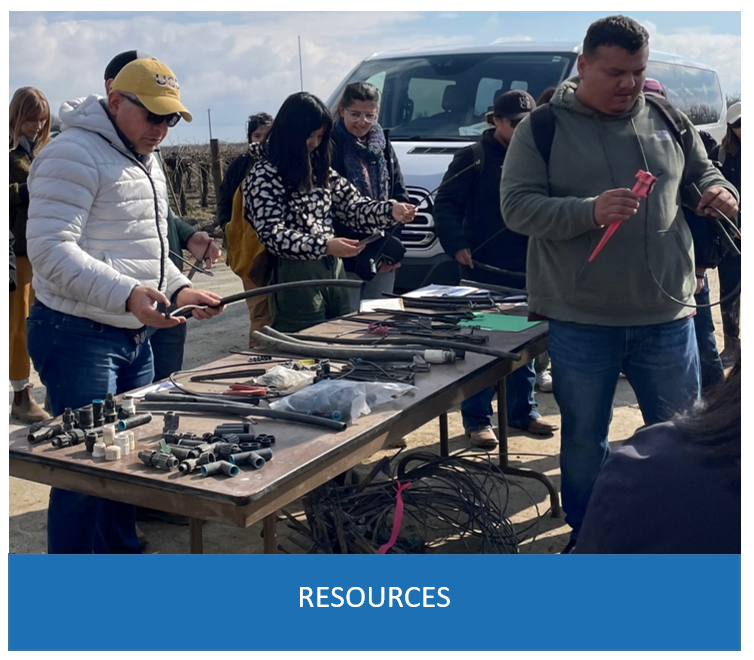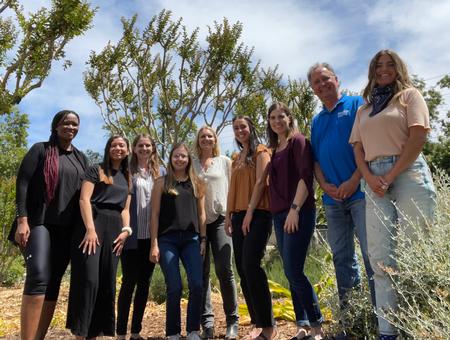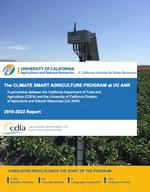UC ANR's Climate Smart Agriculture Program
What is Climate-Smart Agriculture?
Climate Smart Agriculture (CSA) addresses the risks that climate change poses to agriculture. It encompasses practices that:
- Increase soil carbon
- Reduce greenhouse gas emissions
- Improve water use efficiency
Program Overview
In 2018, the University of California Division of Agriculture and Natural Resources (UC ANR) and the California Department of Food and Agriculture (CDFA) developed a joint program to provide technical assistance in applying for and implementing Climate Smart Agriculture Incentives Programs, which helps agricultural producers build climate change resilience, increase water use efficiency, and reduce greenhouse gas emissions.
How do we provide technical assistance?
UC ANR's team of Community Education Specialists provide technical assistance, outreach, and education to increase the adoption of climate smart agriculture practices targeted at soil health, manure management, and water use efficiency across California.
To provide technical assistance, education, and outreach we:
- Establish and maintain grower connections
- Develop and present flyers, case studies, blogs, newsletters, and fact sheets
- Lead trainings, field days, on-farm visits, and workshops
- Participate in and communicate research findings
- Support project design, application, implementation, monitoring, and verification of CDFA's financial incentive programs
- Provide translation services and computer access
- Tailor assistance to support Socially Disadvantaged Farmers and Ranchers and Priority Populations
Program Impacts
Since 2019, UC ANR's Climate Smart Agriculture Team has provided in-depth technical assistance to more than 1,300 farmers and ranchers in 25 counties. In September 2023, CDFA and UC ANR published an impact report of the program that has supported more than 420 successful projects that are expected to save an estimated 8.3 billion gallons of water and reduce greenhouse gas emissions by more than 355,000 metric tons of carbon dioxide-equivalent.
Team: Hope Zabronsky (CIWR/UC ANR), Nicki Anderson (CIWR/UC ANR Ventura County), Caddie Bergen (CIWR/UC ANR Merced County), Amber Butland (CIWR/UC ANR Fresno County), Amanda Charles (CIWR/UC ANR Sonoma County), Lizzeth Mendoza (CIWR/UC ANR Glenn County), Heather Montgomery (CIWR/UC ANR Sutter/Yuba Counties), Ana Resendiz (CIWR/UC ANR Imperial County), Bailey Smith-Helman (CIWR/UC ANR Santa Cruz County, Ben Faber (UC ANR Ventura County), Ruth Dahlquist-Willard (UC ANR Fresno County), Betsy Karle (UC ANR Glenn County), and Erik Porse (CIWR/UC ANR).
Program Support: CDFA Contract #19-1001-000-SO
2019-2022 Impact Report for the Climate Smart Agriculture Program at UC ANR
UC ANR and the California Department of Food and Agriculture
In September 2023, we published an impact report for the UC ANR Climate Smart Agriculture technical assistance program in CIWR. The program has supported over 1,300 farmers and ranchers in California and resulted in over 400 successful applications for state grant programs totaling $36 million.
Check out UC ANR's blog post of the program.
Follow Our Blog: Climate Smart Agriculture
-
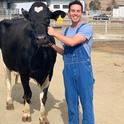
Meet Michael: Community Education Specialist
Michael Jaquez is one of our newer Community Education Specialist with the Climate Smart Agriculture team at University of California Agriculture and Natural Resources. Based in San Diego County, he is excited to create connections...
-
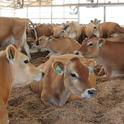
What's that Smell?!
When it comes to animal housing, manure management requires thought and consideration. Much of this decision depends on the size of the operation, species of animal, and the overall goals of your farming practices. Deep bedding models have become more...
-

Welcome to our new CES in Tulare and Kern counties, Danielle Duyst!
Danielle Duyst is our newest Community Education Specialist with the UC ANR Climate Smart Agriculture Program based in Tulare and Kern Counties. She is excited to support farmers throughout the Central Valley and assist in implementing sustainable farm...
-
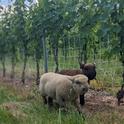
Sheep in the Vineyard?
Why integrate livestock into your cropping system? Historically, farmers raised both crops and livestock because they are mutually beneficial. In an article titled, “Integrating Livestock and Crops: Improving Soil, Solving Problems, Increasing...

